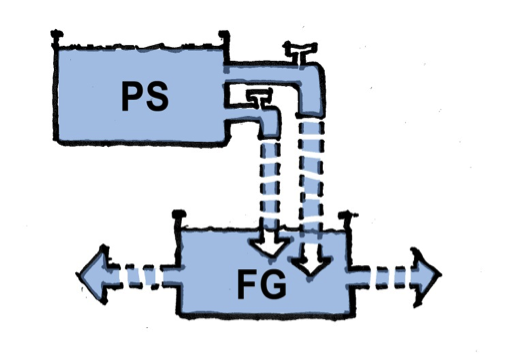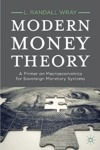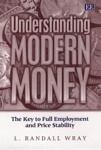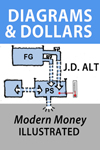Adding the Foreign Sector
By Eric Tymoigne and L. Randall Wray
(Revised Figure 8 on 12/6/13)
[Part I] [Part II] [Part III] [Part IV] [Part V] [Part VI]
Paul Davidson has recently written:
What is Bitcoin? According to Modern Money Theory, bitcoin can not be money since it is not accepted in payment of taxes by any government — nor is it issued by any government via the governed purchase of goods and/or services from the private sector. So what is bitcoin in terms of MMT? I do not know what MMT proponents would respond to this query?
Similarly, Tom Palley argues that government currency is demanded for reasons other than paying taxes and that foreigners who may want to hold the domestic (foreign to them) currency do not pay taxes to the domestic government. In addition, he says, in some countries the domestic private sector does not want to use the domestic government currency in many, or even most, economic transactions even though the government is imposing a tax; thus taxes do not drive currency.
Continue reading →













